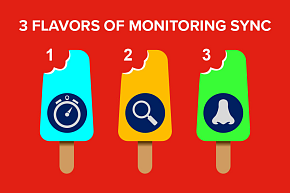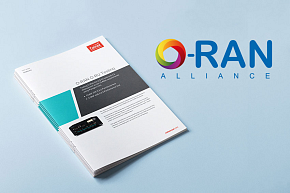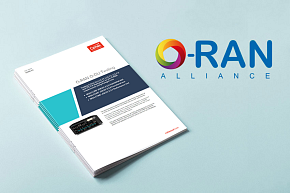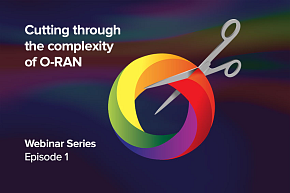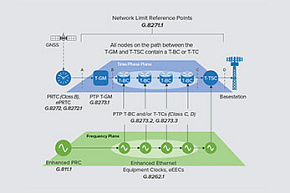If someone owns a laptop, smartphone or tablet you can pretty much guarantee that they will also be a user of an application or platform which, in order to operate, needs a network connection to transfer data.
Users utilise applications and platforms for both personal and business-related tasks such as online shopping or real time communication and many require a vast amount of bandwidth to be able to work effectively. If a user is mobile they will seek high speed data services such as 3G and 4G to be able to operate their application and when connected they expect these networks and applications to perform!
According to Gartner smartphone sales will reach more than “4.5 billion by 2020, putting smartphones in the hands of more than half the world’s population.” To meet the needs of these billions of users, the demand for 3G/4G and eventually 5G networks will only increase, as will the amount of data being transferred across them and this can and will affect their performance.
Due to the varying factors that can impact the performance of 3G/4G services it is critical that mobile applications and platforms are robustly tested before deployment to ensure the end user experience (UX) is exactly as intended.
3G/4G
Fourth generation mobile technology (4G) superseded its predecessor 3G by providing mobile ultra-broadband (gigabit speed) access for all-Internet Protocol (IP) based communications such as IP telephony. It provides faster upload/download speeds, browsing speeds and reduced latency and is the optimal mobile connection for demanding services such as playing games and streaming videos.
How does it work?
Mobile communication network operators deploy thousands of cells which are served by ‘radio base stations.’ Devices and base stations communicate by exchanging radio signals, when a device discovers the nearest base station it connects to it. A base station comprises of many different features such as; tower, transceivers and antennas. The antennas transmit and receive voice and data signals to and from the device. Both 3G and 4G networks are IP-based to enable the sending and receiving of data in the form of packets.
The importance of UX across 3G and 4G networks
UX is always a critical factor for applications used across many sectors including telecoms, finance, broadcast, retail and manufacturing. However, one use case where the UX and 3G/4G connection performance is crucial is in Healthcare.
3G/4G Networks in Healthcare
The use of 3G/4G mobile networks have enabled the healthcare industry to transform from the traditional approach of doctors and nurses caring for patients in hospital to remote care. Today they can benefit from medical applications with accurate diagnostic quality from large amounts of data anytime and anywhere.
Devices such as fitness trackers used in conjunction with smartphone applications can provide information such as blood sugar levels and heart rates, remotely alerting medical professionals to potential problems which enables them to take fast, appropriate and often preventative action.
In the case of emergencies, applications such as ‘life saving tool’ helps users locate services such as the nearest defibrillator in the case of a cardiac arrest. Using these can increase a victim’s survival rate by enabling a user to take fast action and begin administering a defibrillator and CPR before medical services arrive, but only if the connection enables the app to perform as intended. There is an extensive range of smartphone apps which are life dependent and, in these situations, time is precious and performance is critical, thus highlighting the demand for them to work effectively across 3G/4G networks.
The future and 5G
While remote and mobile healthcare pledges to create efficiencies for the industry and transform the patient experience, with even higher speeds of 5G expected in 2020, the pressure on ensuring applications work across the wireless networks will increase, requiring continuous network performance testing in order to be a success.
What can be tested?
Quality of Service and UX in mobile networks can be affected by many network characteristics like latency, packet corruption and bandwidth throttle. Using Calnex SNE you can create a 3G or 4G network adding these real world impairments and test out how applications will perform under a specific set of conditions. Understanding how an application or platform will perform prior to it being deployed gives developers and managers insights to address any issues and ensure that they don’t impede live performance. Using our flexible UI you can visually build your simulation, using the drag and drop functionality to select impairments from the extensive list to create a 3G or 4G network map. Equipment manufacturers and mobile operators can rely on the Calnex SNE product range to cover their entire wireless testing needs.
Read more about network emulation in:
Financial Services, SD-WAN, Broadcast, Datacenter Relocation, Find and Fix Network Issues, Quick Robust Solutions for IT Network Issues


